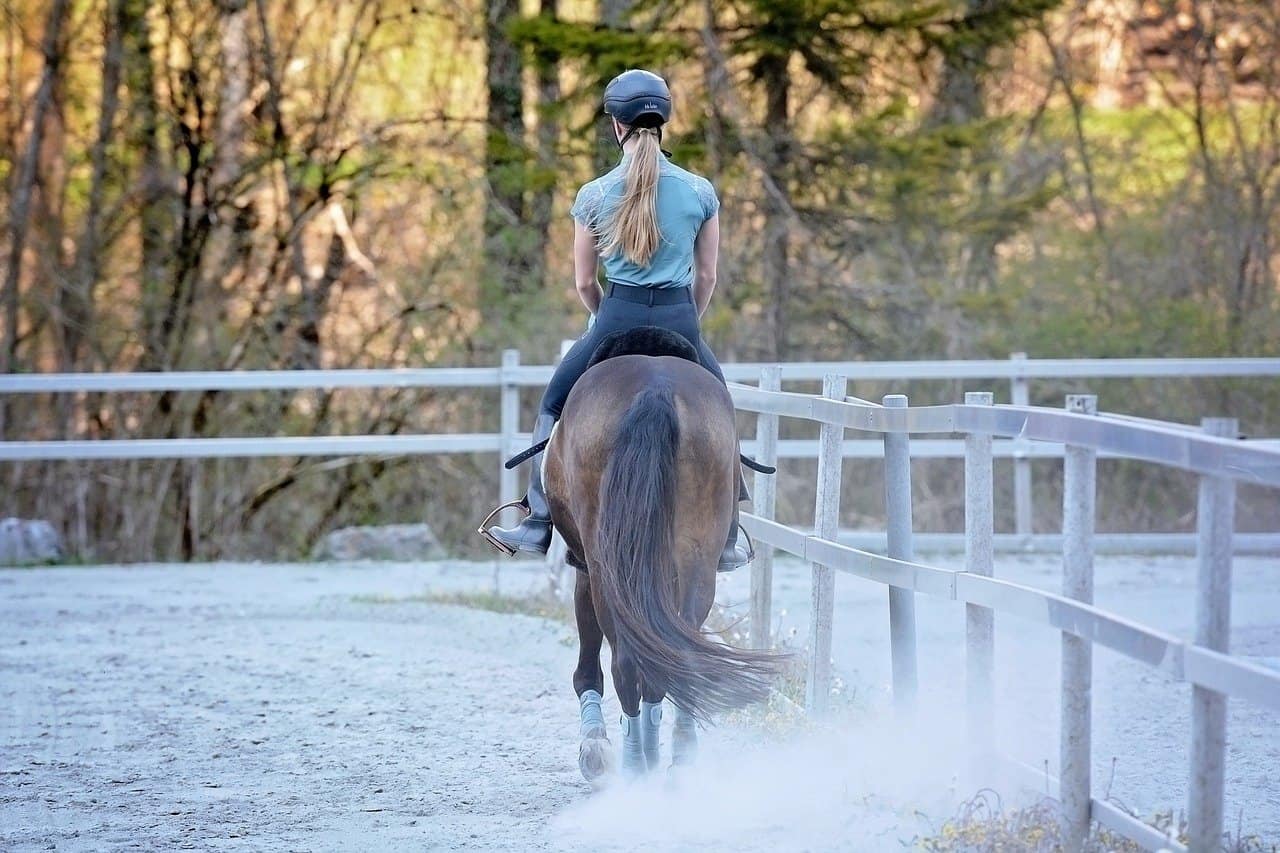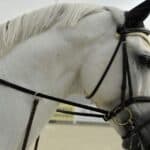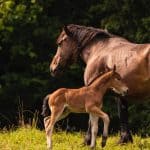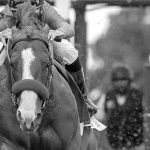This article is part 1 of 2, of Adaptive Development EQ’s Fundamentals Series, Fundamentals: On The Seat. To read Part 2, see: Fundamentals: On The Seat (Part 2 of 2).
THE SEAT
It is with the seat and legs that we obtain the greatest influence in communicating with our horses. Of primary importance, we use our seat to anchor ourselves, and remain in balance with (and aligned to) the horse’s center of gravity. We also use the seat as an aid to our communication with the horse when we request them to execute the specific movements that we desire.
OUR CENTER OF GRAVITY
In an earlier post we covered leg position, and when we combine this with the position of the seat, what we achieve is a center of balance that is in unity with the horse’s center of balance. It is when our centers of gravity between horse and rider unite, that the horse is finally able to carry the rider’s additional weight in a way that most closely matches its natural balance (natural balance, being the horse’s ability to balance and execute various maneuvers without a rider – from the three basic gaits, to the more exotic movements we see when they are at play in the field). When we obtain a seat that is in balance with that of the horse, all of our other requirements of a fine riding horse can be developed: relaxation, suppleness, rhythm, sensitivity, etc. It is truly as simple as that; a correct seat position is the one that gives the greatest support (or least interference) to the horse’s natural movement.
This truth holds across all disciplines: dressage, hunter/jumpers, eventing, flat racing, the western disciplines, endurance and others, and really there is no other detail needed, except to give examples that show us proof of this. The saddle of each discipline is also specialized in order to more easily facilitate the changes in balance and seat position required.
DRESSAGE

Our training in dressage steadily works towards shifting the horse’s center of balance towards the hindquarters, with increasing levels of collection, until we reach the apex of the art with the high school movements. Although we rarely see it outside of highly specialized dressage schools, the levade shows us one of the highest movements to be reached by a dressage horse, where the entire center of gravity is moved to the haunches and suspended there. As the horse’s education increases, and therefore, its ability to move its center of balance further towards the hindquarters, so too does the rider’s center of gravity move in that direction (here we remain closest to vertical.) We have the longest stirrups and most open rider-hip position in dressage.
HUNTERS/JUMPERS/EVENTERS

Riders in this category use what has been coined a “forward seat”, although really, we see below with the racing seat, that it takes the middle ground between two extremes. Here, the average seat variance operates from upright to very forward, depending on the maneuver needed at any given moment along a course. At one extreme, we get into a half seat when we need to get up and over a horse’s shoulders during a jump, but in the other extreme, we shift our balance back when we need to slow and condense the body of the horse in very tight turns to a new line, check an over-eager horse’s approach to a jump, or when we take a defensive seat in approaching very solid cross country jumps. Rider’s in this category have a hip position that is more closed than dressage, and the “triangle” weight shifts slightly more forward onto the pubic bone, with their weight and strength distributed throughout the contact points of the legs and feet. As the height of the jumps increase, by necessity, our stirrups will naturally be required to be shortened, in order to allow us to get over the tremendous “lifting” motion of the horse’s shoulders over the larger jumps. Imagine where the horse’s center of gravity must be in each of these scenarios, and you will have a good idea of where the rider’s center of balance needs to be as well.
FLAT RACING

In the other extreme from dressage, a horse at a full gallop has it’s center of gravity predominantly over its shoulders. In order to get over and above the withers and be stable enough to sustain high speeds while staying in connection with the horse, the jockey has the shortest stirrups of these exampled disciplines; the hip position closes entirely, and the upper body position finds it’s greatest comfort at its maximum possible forward slope. At its highest art and visual appeal (and an indicator of the strongest jockeys in the field), the knees are almost touching one to the other, and the upper body and knees are drawn so closely together, they are touching. This very tight, almost “balled” position carries the rider’s center of gravity to it’s furthest point forward, while allowing the jockey to retain the stillness the horse requires to keep its balance and maximum velocity.
CONCLUSION: DIFFERENT SEATS, SAME RULES
So we see that it’s all about center of gravity. From one extreme to the other, what remains consistent is:
- A rider’s center of gravity aligned to the horse
- The rider’s stillness in keeping to that center of gravity
This allows the horse to retain its balance at the speed or within the specific movement required of it. Whether we are shifting that balance and momentum towards the hind quarters in dressage, or shifting that balance and momentum towards the shoulders and hurtling towards the finish line during the last quarter mile of a race, this rule of a balanced and quiet seat position remains the same.
To read Part 2 of the series, see: Fundamentals: On The Seat (Part 2 of 2) in Adaptive Development EQ’s Fundamentals series!
Additional articles in this series include:
- Fundamentals: On the Leg (Part 1 of 2)
- Fundamentals: On the Leg (Part 2 of 2)
- Fundamentals: On the Seat (Part 1 of 2)
- Fundamentals: On The Seat (Part 2 of 2)
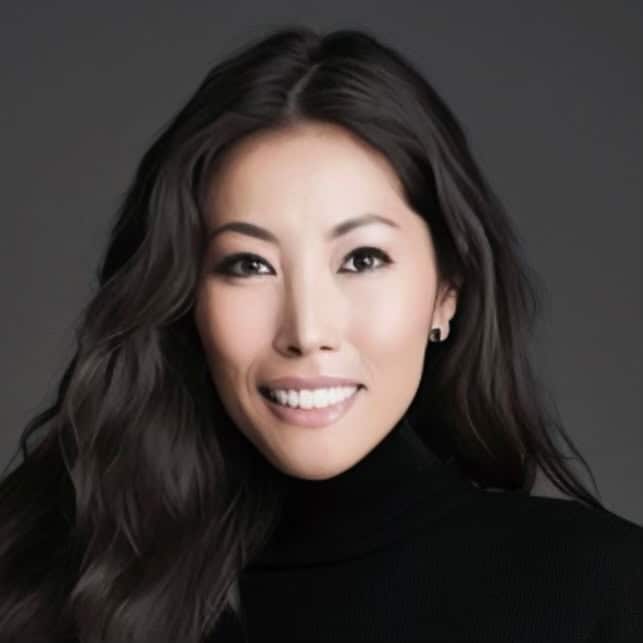
Euki is the founder of Adaptive Development EQ. She loves inspiring riders and owners through the developmental process of holistic, whole-horse training, and is on a mission to help them rediscover their horses and fall in love with them all over again.

